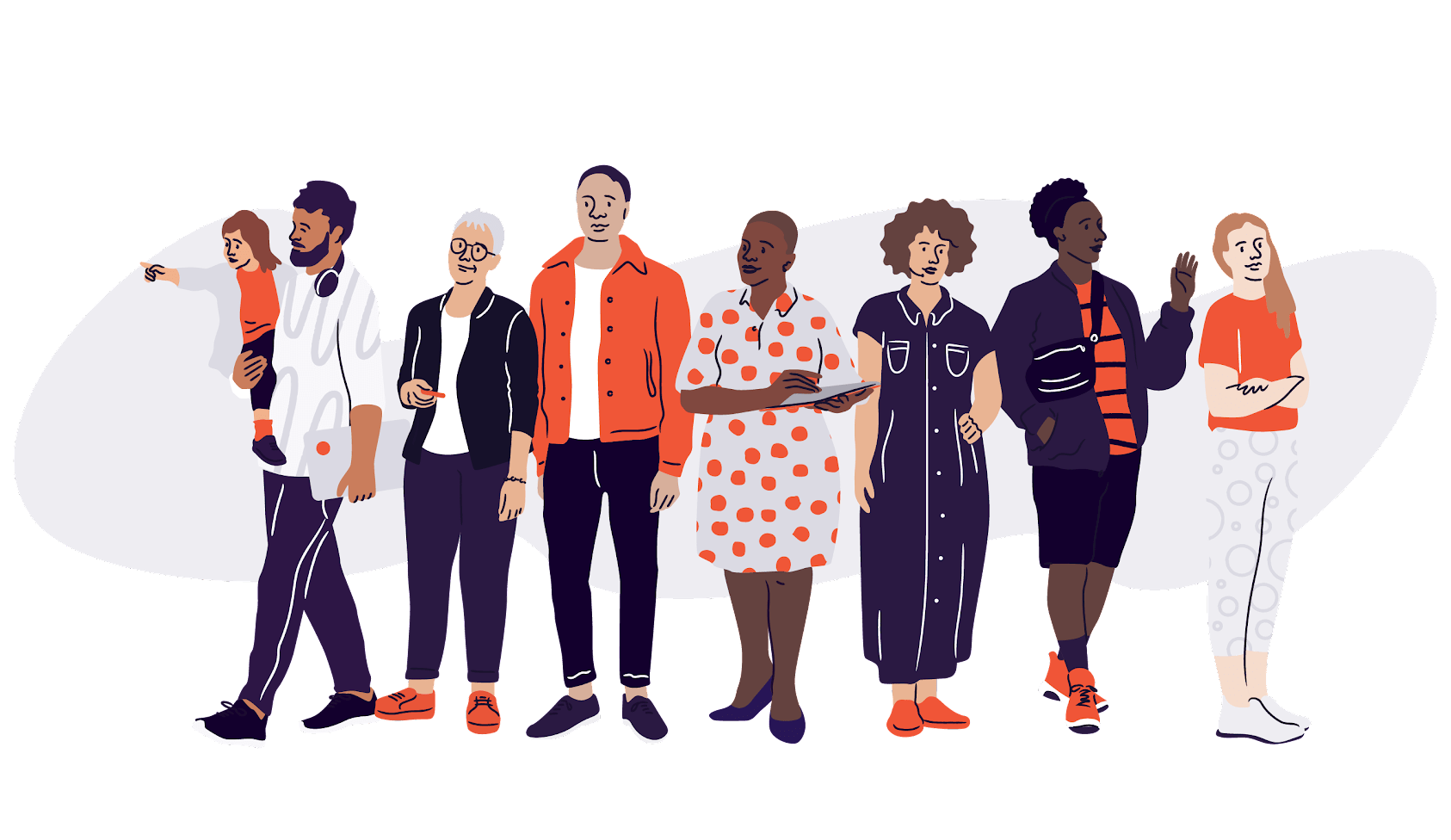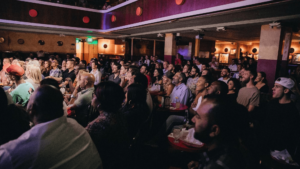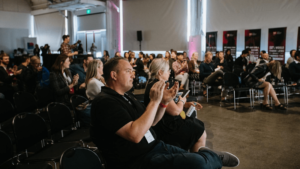You love the cause of your nonprofit event, and you know others do, too. So why aren’t they registering for your event?
If you aren’t taking advantage of the data that you can gather from your ticketing and social platforms, you’re missing out on a treasure trove of information that can take your nonprofit event from subpar to the place to be.
Here are two simple steps to start using your event data to increase attendance at your nonprofit events.
Step one: Gather the data you need
You have put in the work, crafted the perfect tweets, highlighted the best photos on your event website — but your nonprofit event attendance is still disappointing.
The worst way to solve this problem is to throw unvetted solutions at the wall to see what sticks. If you want to save you and your team hours of frustration, leverage the data you have from tools you’re already using to make an action plan.
Here are some easy ways to get the data you need:
- Leverage social media analytics: Many social media platforms have the option to switch to a business account. On Instagram, for example, you can switch for free to get real-time metrics on your followers and how your content is performing.
- Ask attendees for their input: Survey your attendees from previous events to get fresh reactions that can inform your upcoming event. If you aren’t sure what to ask, use one of these free event survey templates.
- Look at tracking in your ticketing or registration platform: Your ticketing or registration platform should collect attendee data in a way that’s easy for you to view and analyze. If you use Eventbrite, you can also use integrations with popular social media and marketing tools to automatically track conversions from these channels, so you can see which channels are performing best — and worst.
- Make web analytics your new best friend: Google has a free website analytics tool that provides data like user flow between your event website’s pages, info on returning visitors, and geographical data. You can also use Eventbrite’s Google Analytics pixel to track activity on your ticketing or registration page.
Step two: Identify the root of your nonprofit event’s attendance problem
Now that you have data to analyze, it’s time to identify trends — both the positive and negative. Here are some common issues that you may find in your analysis and some simple approaches you can take to address them:
- Low social media engagement: View when your followers are the most active on the platform. For instance, your followers might be more active on a Tuesday morning than any other time of the week. Use these insights to schedule posts during high-traffic times. Then, experiment with different types of content to see what resonates with followers. For instance, if your posts aren’t seeing high engagement, try using Instagram stories to engage potential attendees.
- Low engagement on your ticketing or registration page: Revist the copy of your event description, and don’t forget the importance of strong visuals that will entice ticket-buyers to convert. Then, make sure your checkout process doesn’t frustrate interested event-goers. Make it as easy as possible for people to register by limiting the questions you ask and making sure the process is built for phones.
- Low email engagement: If your emails aren’t engaging your subscribers, try these email copy templates crafted to drive sales.
- Negative survey responses: If there are consistent trends in your event surveys — complaints of disorganization, disappointment with programming — be prepared to take a long hard look at your event experience. Gather your staff and have a brainstorm about how you can improve, then introduce processes to make sure your ideas become a reality.
Stay on top of the nonprofit event planning and promotion process
Event planning and promotion is a balancing act. It can be hard to sort out what is important in your data, then get your team on the same page.
Looking for a better way to work? Check out From Chaos to Zen: The Ultimate Template for Planning and Promoting Multiple Events.






